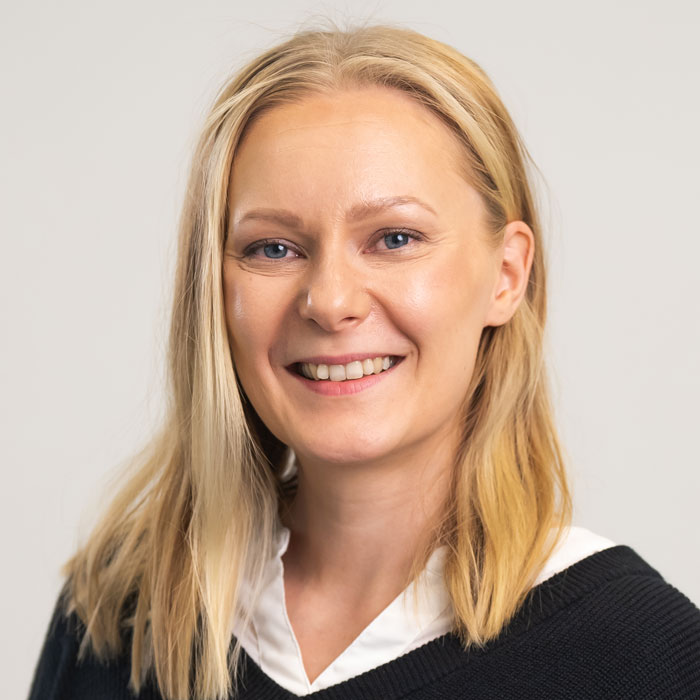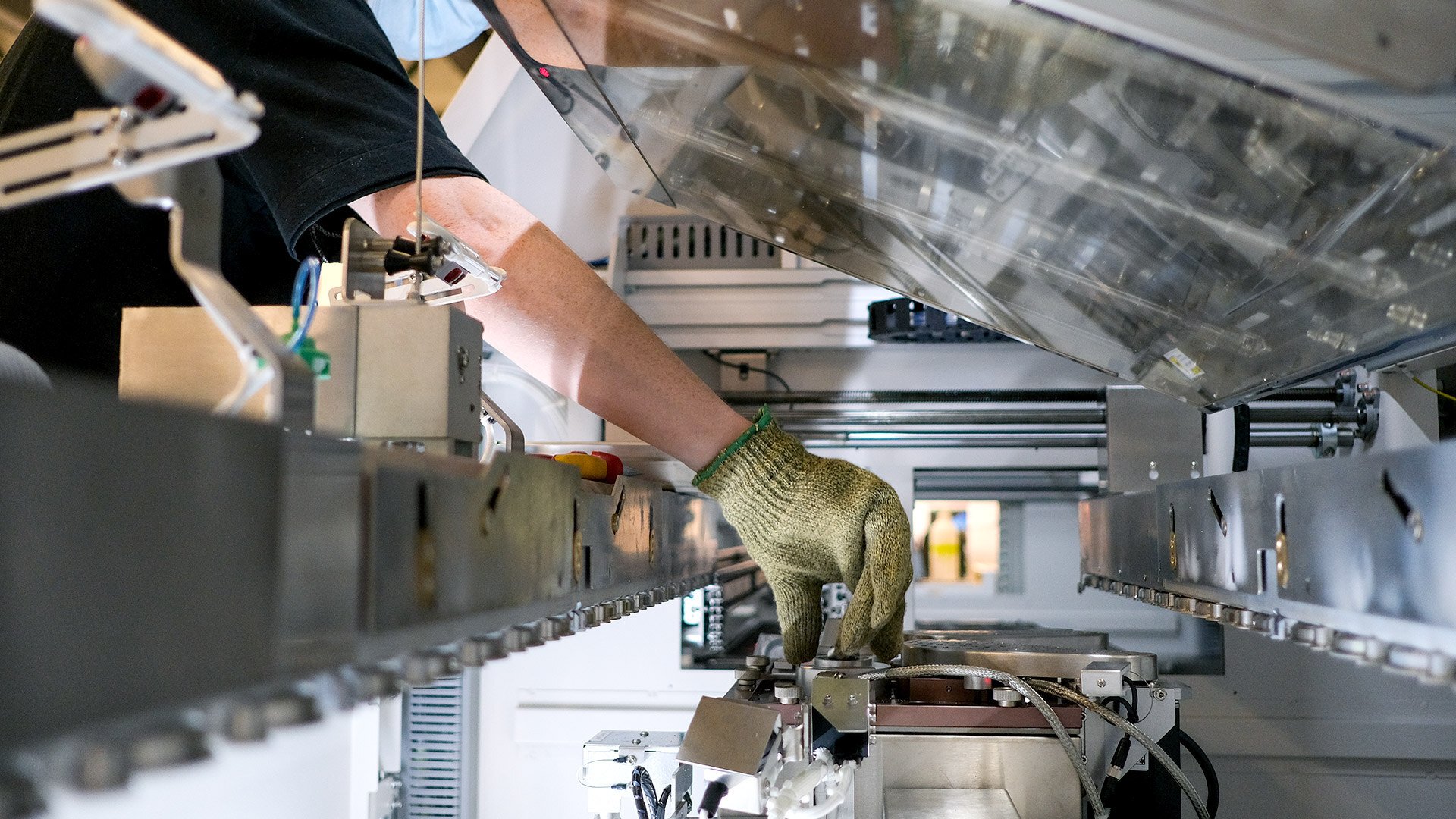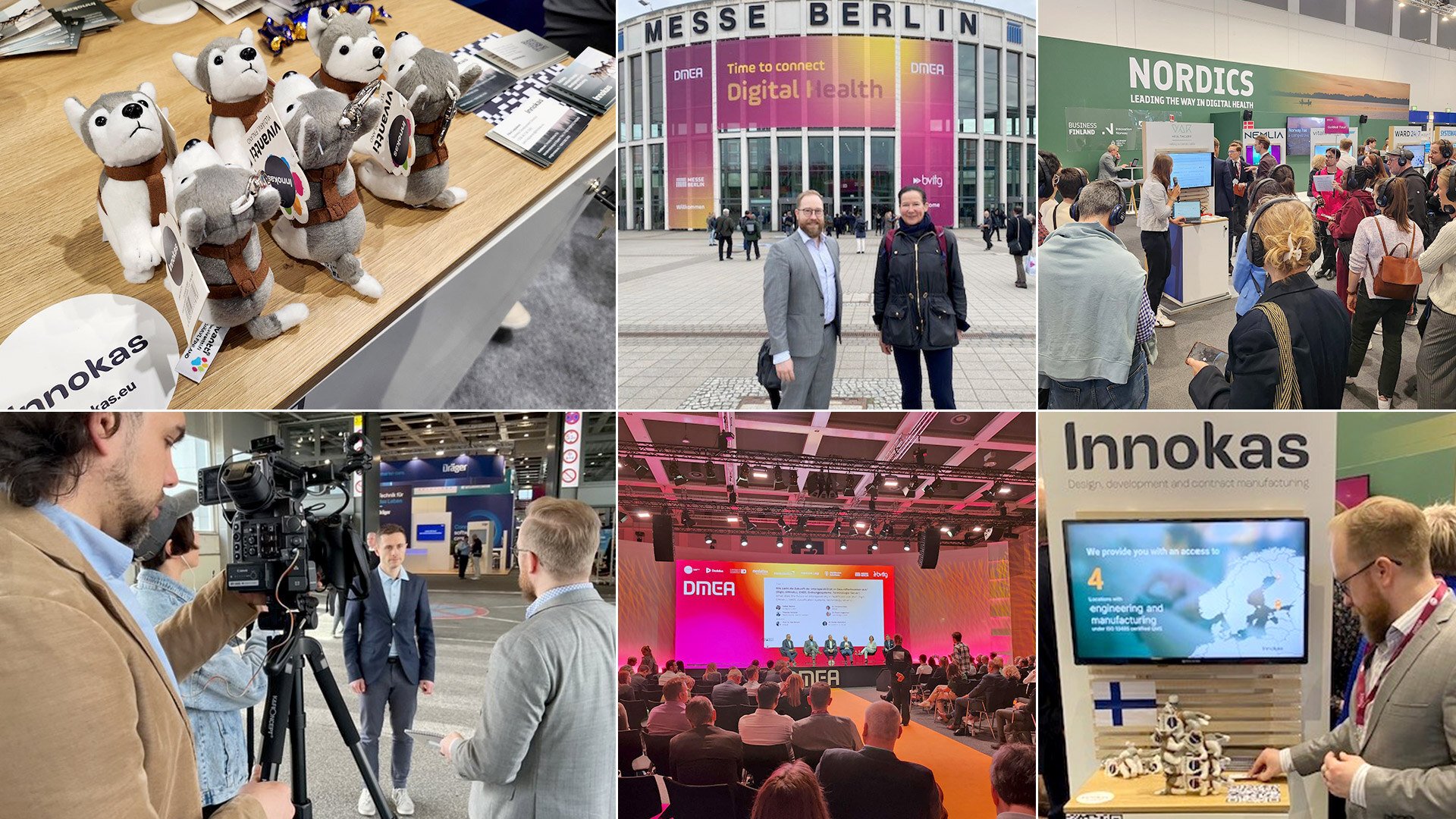Walking on the streets of almost any city, we can see that there are quite a bunch of building sites, cranes, and upcoming wonderful colors on the walls of new hospitals enabling more modern functionalities and user-friendly spaces for the staff inside. But there is also something that cannot be seen on the outside. The new building creates one kind of domino effect. The work doesn’t end with the celebration of a new building – implementation is just the beginning.
New facilities bring new functions, new functions bring new work roles, new work roles bring new operating models, and new operating models need new staff, devices, software, and so on. In addition, we should remember the focus of all this; the ones who are breathing, living, and saving lives inside these new walls. Can you imagine what it takes to internalize a new building, new functions, new devices, new software, and take care of the patient at the same time? The people in the hospital can, and that gives its own perspective to the usability design and clinical evaluation of medical devices. As we already know, usability and clinical evaluation are like the branches of a tree. Although they have their own core and leaves, their roots are strongly connected, and cannot be separated from each other. So, hand in hand, let's peek inside the hospital walls for a while.
Standing in the middle of the patient room, you can see tens of devices; blood pressure monitors, oxygen masks, thermometers, and infusion pumps just to name a few. Also, you see the nurse using multiple software via computer and mobile, writing vitals into the patient record system, booking a lab appointment, ordering some blood from the blood bank, and showing the patient instructions on different interfaces. Nowadays, hospitals contain so many medical devices that it is almost impossible to keep track of them. Some devices are completely new whereas some have been there for years and proved to be the most practical. Why mess this up by still bringing in something new? Artificial Intelligence (AI) answers that the future is to develop more user-friendly interfaces and more automated and sophisticated systems. In addition, the increasing remote care arises a need to develop medical devices to be used in a home environment by lay users. Remote care, wearable medical devices, and mobile health applications together with AI and machine learning will further increase the need for validation accuracy, efficiency, and diversity when bringing these devices onto the market. Is the key to teach clinicians to think like an AI or teach AI to think like clinicians?
What will HealthTech look like five, ten, or fifty years from now? Will everything be better in the past or the future, absolutely no idea! However, there is something that is and remains, and that is us, humans! Together with people with various competence, innovative minds, and experience in the field, we have a chance to make an impact.
How to design a clinically valuable medical device?
Here at Innokas Medical, we have the skills and competence, a technology-driven mindset, and humanity to meet the challenges of the future and create something new with high quality. Our clinical affairs team has scientific know-how and hands-on experience from the healthcare sector, and together with usability experts, they are ready to help you to determine the safety and effectiveness of a device used in healthcare, always remembering what is most important – you!
As we are a “one-stop-shop” helping medical device manufacturers throughout the whole lifetime of a device, our services are always tailored specifically to the needs of the customer with different service offerings. In cases where expertise is needed from various areas, we’ll create suitable cooperation within our organization with QA/RA, software and analytics, design and development, and manufacturing operations. For more information, please











